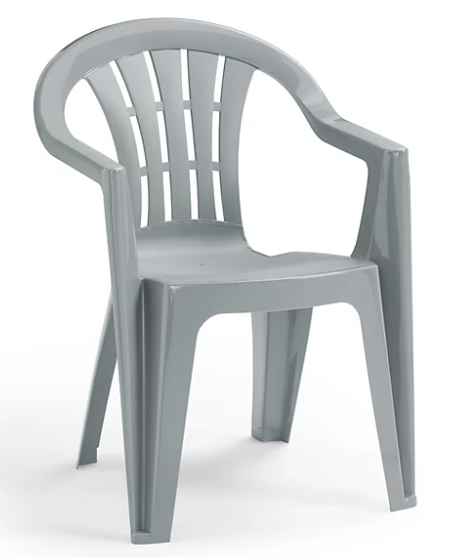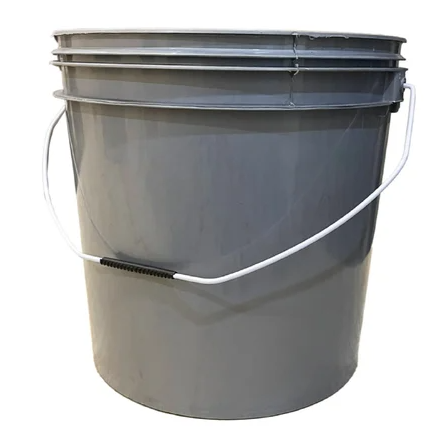Injection molding plastics selection aluminium effect pigment
Injection molding plastics selection aluminium effect pigment


There are two main ways to use aluminum pigment (aluminum silver powder) for injection molding plastic.
1. Making it into a masterbatch and then injection molding (strongly recommended)
2. Directly mixing the aluminum pigment powder with the plastic raw material and then injection molding (not recommended)
Method 1: Making it into a masterbatch and then injection molding (recommended)
This method involves pre-mixing, plasticizing, extruding, and pelletizing a high-concentration, uniform "aluminum silver masterbatch" with a carrier resin (a resin compatible with the plastic being processed), a dispersant, and other additives using equipment such as a twin-screw extruder. This mixture is then mixed with the base plastic (such as ABS, PC, or PP) at a specific ratio (usually 1% to 4%) before injection molding.
Advantages:
1. Excellent dispersion uniformity:This is the most critical advantage. The high temperature and high shear forces of the masterbatch production process effectively and thoroughly break up each piece of aluminum powder and evenly encapsulate it in the carrier resin. During injection molding, these dispersed units are more evenly distributed throughout the finished product, resulting in a high-quality appearance with a strong metallic feel, uniform color, and no streaks or spots.
2. High Processing Stability:Masterbatch, similar in form to plastic pellets, offers excellent flowability, making it easier to mix evenly with the base material and preventing separation in the hopper (commonly known as "bridging" or "stuck material flow"), ensuring a continuous and stable production process.
3. Easy and Clean:This eliminates the need to directly handle fine, airy aluminum pigments, significantly improving the workshop environment and reducing dust pollution and health hazards to operators.
4. Accurate Metering:Granular masterbatch is easier to precisely meter than powder, resulting in high color matching accuracy and minimal batch-to-batch color variation.
Disadvantages
1. Higher Cost:Compared to directly adding powder, masterbatch requires an additional granulation step, so the price of masterbatch itself is higher than that of pure aluminum powder or paste.
2. Carrier Resin Restrictions:Masterbatch with the appropriate carrier must be selected based on the base plastic type (e.g., ABS, PP, PA). Failure to do so may result in compatibility issues.
Method 2: Directly Addition of Aluminum Pigment into Injection Molding (Not Recommended)
This method involves simply mixing silver aluminum powder with the plastic raw material in a mixer before injecting it into the injection molding machine.
Disadvantages (Why Strongly Not Recommended)
1. Poor Dispersion: Aluminum pigment has a high density and a flake structure that easily agglomerates. Simple mechanical mixing cannot evenly disperse it into the plastic melt, easily leading to defects such as uneven color, streaks, spots, and cloud-like patterns in the finished product, resulting in poor product appearance.
2. Complex Processing Issues: Aluminum powder or paste are easy flammable and explosive, posing a safety hazard and risk to workers' respiratory health.
3. Inaccurate Metering and Separation: The Aluminium powder easily separates from the plastic particles during transportation and in the hopper, causing fluctuations in the actual addition ratio and unstable color.
4. Adhesion to Equipment: aluminum Powder tends to adhere to mixing equipment and hopper walls, causing waste and making cleanup difficult.
5. Performance Impact:Agglomerated aluminum powder can become stress concentration points, affecting the mechanical strength of the finished product.
Special Situations Where Applications May Be Suitable:
Unless the aesthetic requirements are extremely low, e.g., certain internal structural parts requiring only a subtle metallic finish and the production equipment is equipped with specialized powder addition and pre-mixing equipment. e.g., side feeders or liquid color injection systems, direct powder addition is not recommended.
Summary and Recommendations
Features | Masterbatch Method | Direct Addition Method |
Dispersion Uniformity | Excellent, consistent color, strong metallic effect | Poor,prone to streaking and speckling |
Processing Stability | High, good flowability, difficult to separate | Low, prone to dusting and inaccurate metering |
Operating Environment | Clean and safe | High dust, safety risks |
Cost | High unit price for masterbatch | Low unit price for raw materials |
Applicability | General, mainstream recommendation | Highly not recommended, only for special low-end applications |
In Conclusion
To ensure product appearance quality, production stability, and operational safety, aluminum pigments should first be formulated into masterbatch that matches your base plastic before use in injection molding. This is currently a standard and professional practice recognized in the plastics processing industry.
When selecting masterbatch, be sure to clearly communicate with your supplier the base material type , e.g., PP, ABS, etc, the desired metallic effect for instance high sparkle, fineness, plating imitation etc. and the injection molding process conditions to ensure optimal results.
Contact us for more details of Aluminum pigment for masterbatch and plastic industry at info@jhaluminiumpaste.com
